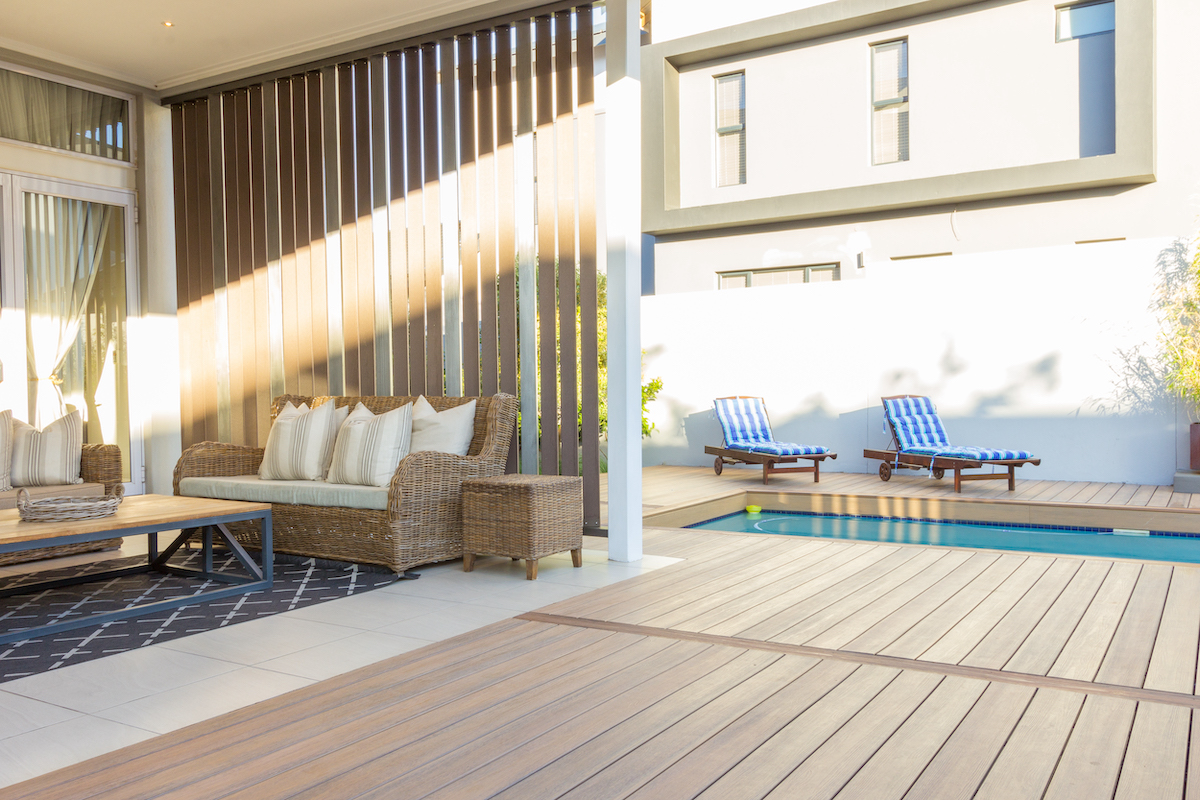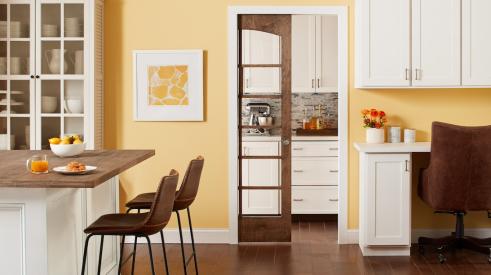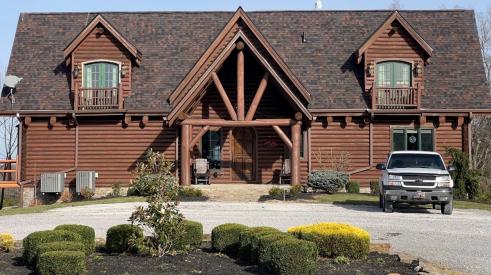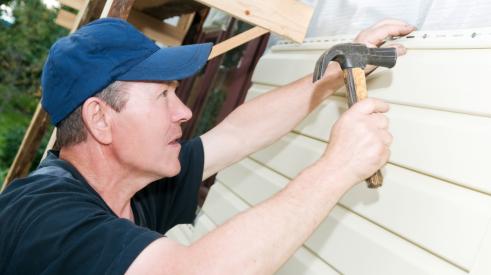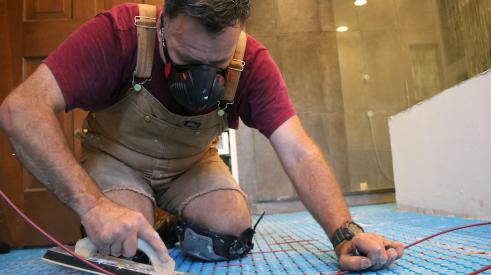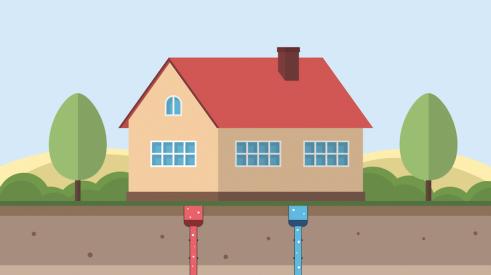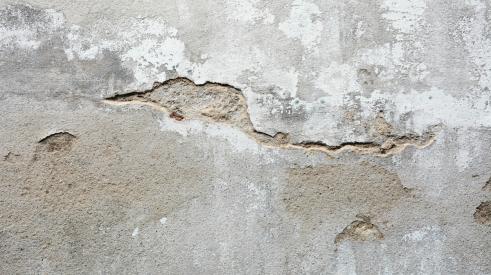If you think of the traditional composites and the way that they’ve been used over the years, it’s always been a wood-plastic composite made with some type of wood filler. Now, however, contractors can find composites made out of bamboo. Here’s what remodelers need to know about bamboo-based PVC composite decking.
Bamboo is a sustainable, lightweight grass
Typically sourced from Asia and South Africa, bamboo is a renewable resource that can be harvested quickly, and it grows back 30 times faster than wood. Because it is grass, bamboo also makes the planks lightweight.
Thanks to low water absorption, bamboo fibers expand and contract less, which results in increased stability versus other composites.
Wood composites can weigh three to four pounds per linear foot. Bamboo-based PVC weighs in at two pounds. From a contractor’s standpoint, if you’re talking about a 20-foot board, that difference in weight can make a huge difference over an entire project when you're carrying them around a jobsite.
Bamboo composites resist water absorption
One of the reasons bamboo composites weigh less is that the boards retain less water weight. Water likes to hold onto wood fibers, where you don’t get that same kind of absorption with bamboo as the cellular structures are materially different. Bamboo is much more compact than wood, whereas wood has a much more open-cellular structure, giving it the ability to absorb pressure treatment, water and stains.
Similarly, bamboo composites release heat faster than wood-based composites, making the boards cooler in summer.
Bamboo expands and contracts less
Thanks to low water absorption, bamboo fibers expand and contract less, which results in increased stability versus other composites. With bamboo-based composites, contractors will see less movement based upon the temperatures outside. When it’s really hot outside, decking materials are at their fullest and will shrink when the weather gets colder. You want to control that kind of movement as best you to avoid inconsistent gaps.
The less any of the material expands or contracts with temperature, the more true to form it is from when you’re cutting to installation. With less shrinkage and the right additives and extrusion process, bamboo composites give more consistency in installation, and as the weather does change, homeowners will not see as much gapping.
Toby Bostwick is the vice president of Product & Brand for Fortress Building Products.
Add new comment
Related Stories
How to Get More Leads with a Stronger Remodeling Brand
Discover how to build a strong brand for your construction company, and learn key strategies to differentiate and attract better leads
4 Surprising Home Improvement Trends for 2024
Leaf Home CEO Jon Bostock offers insight on topics and trends that will impact the home improvement industry this year
How To Close More Internet Leads
Four techniques home improvement companies can use in marketing and sales to generate and close more web leads
4 Colorful Takeaways from Roofing Contractors
Why residential roofing contractors are more mindful of color when it comes to shingle selection
4 Tips for Building a Recession-Proof Home Improvement Business
Steps contractors can take during difficult times to position themselves for success for years to follow
3 Reasons You Struggle with Hiring
Learn three ways to better position yourself for attracting new talent
6 Tips for Electric Floor Heating Systems
These quick tips and tricks provide a base knowledge to begin your floor heating education
Diagnosing Cracked Concrete
These quick questions (and solutions) will allow you to determine if a crack is aesthetic or structural



